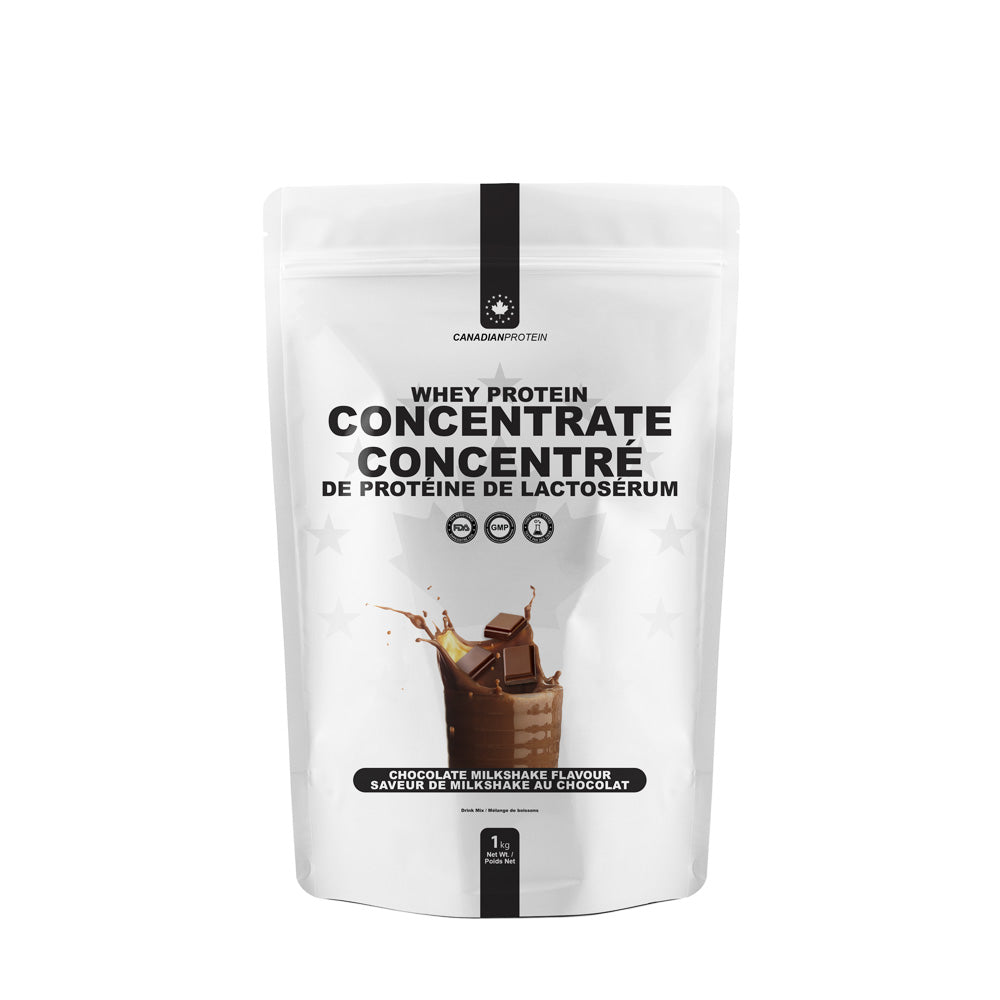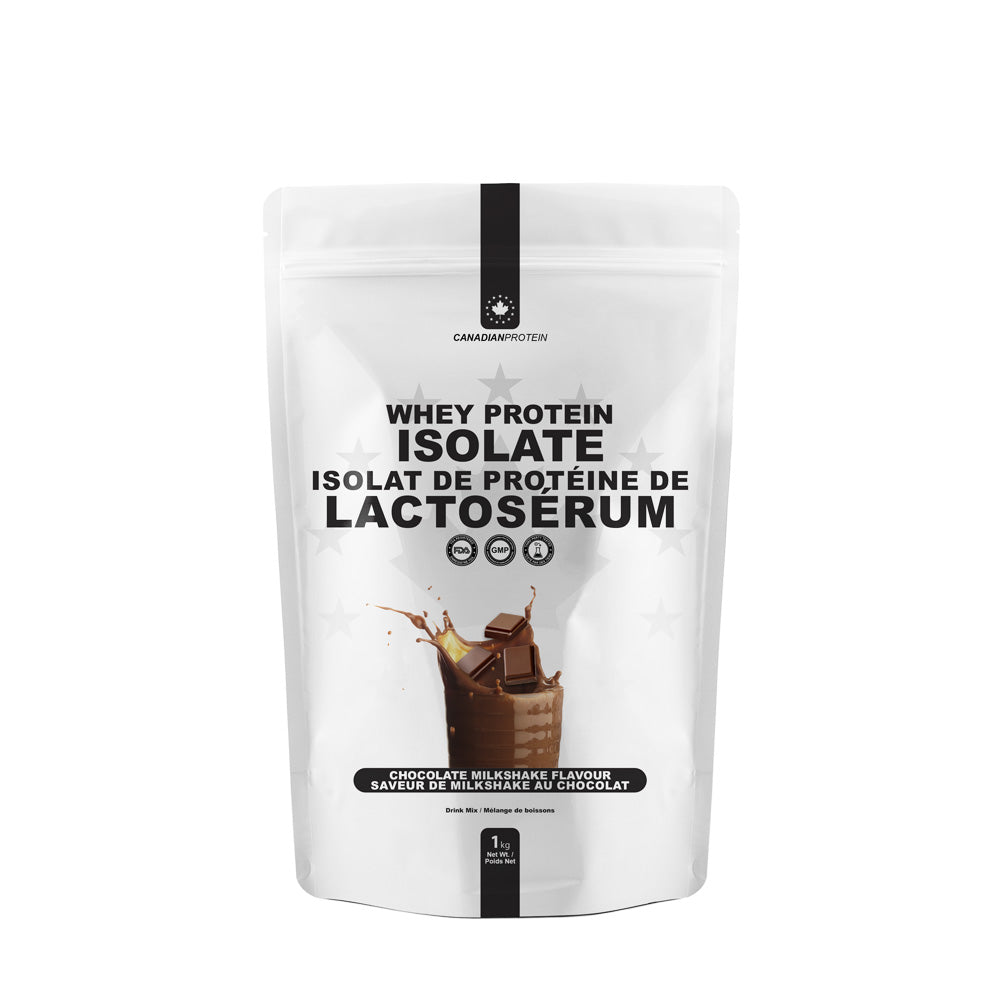If you currently have the body of Buddha and you’d much rather it resemble that of Zeus, just remember that it’s never too late to make the changes required to make you feel happy and content. If we had the choice, 9 times out of 10 we’d opt for a lean, muscular, toned physique rather than a saggy, overweight, flabby looking body instead. If you crave the body you’ve always dreamed of, what’s stopping you? In order to lose body fat, especially stubborn belly fat, cardio is both your best friend, and your worst enemy. It is your enemy because it can be tough, although truthfully the hardest part is actually forcing yourself to do it. It is your friend however, because not only does it help make you feel great, it makes you look great as it is so effective at burning off stubborn body fat. Cardio is a pretty broad term however, because there are so many different forms of cardiovascular exercise. Here’s a look at a few of the most effective forms of cardio for weight loss.
Cycling

When most of us think of cardio, we think of treadmills, elliptical machines, and exercise bikes commonly found in gyms. Now, whilst these are all extremely effective pieces of equipment, they are most certainly not the only pieces of equipment necessary for a killer cardio session. If gyms aren’t your thing, why not invest in a bicycle and do some cycling instead? Cycling is ideal as it lets you get some fresh air and lets you experience the great outdoors. You can head to the coast, or to rural natural beauty spots and get your friends and family members involved if you’d like. Cycling is great as it doesn’t put any pressure on the knees, and yet it still provides an extremely effective aerobic workout that will burn hundreds of calories. If you can, why not cycle to work or to the shops instead of driving?
HIIT
If you’re looking to burn fat, HIIT is your best friend. HIIT stands for High Intensity Interval Training and it involves individuals alternating between periods of high intensity exercise, and slow and steady periods of exercise in a number of rounds. A typical HIIT session lasts between 20 and 30 minutes, and yet it can burn upwards of 500 calories in that time. What’s more is that it temporarily increases your resting metabolic rate so that you burn more calories even when resting. This is known as the ‘afterburn effect’. As an example, a HIIT session may require an individual to walk or jog slowly and steady around the block for around 60 – 90 seconds. After this time, they will then sprint at near full capacity as fast as they can for around 60 seconds. They will then have completed round 1, and will slow down for another 60 – 90 seconds and begin round 2.
Walking
Many people don’t actually see walking as a beneficial exercise at all, simply because they don’t happen to be dripping in sweat and absolutely exhausted when they finish. In reality however, walking can burn around 400 calories in one hour. Walking is great for people who aren’t all that physically fit, or for people who suffer with painful joints. Walking not only burns calories, but it also temporarily increases the metabolism for around 2 hours following a walking session. Instead of driving, why not walk to your destination instead, or on the weekend, head out to your local rural beauty spot and do a little off-road walking and get some fresh air whilst marvelling at the natural beauty that nature has to offer.













